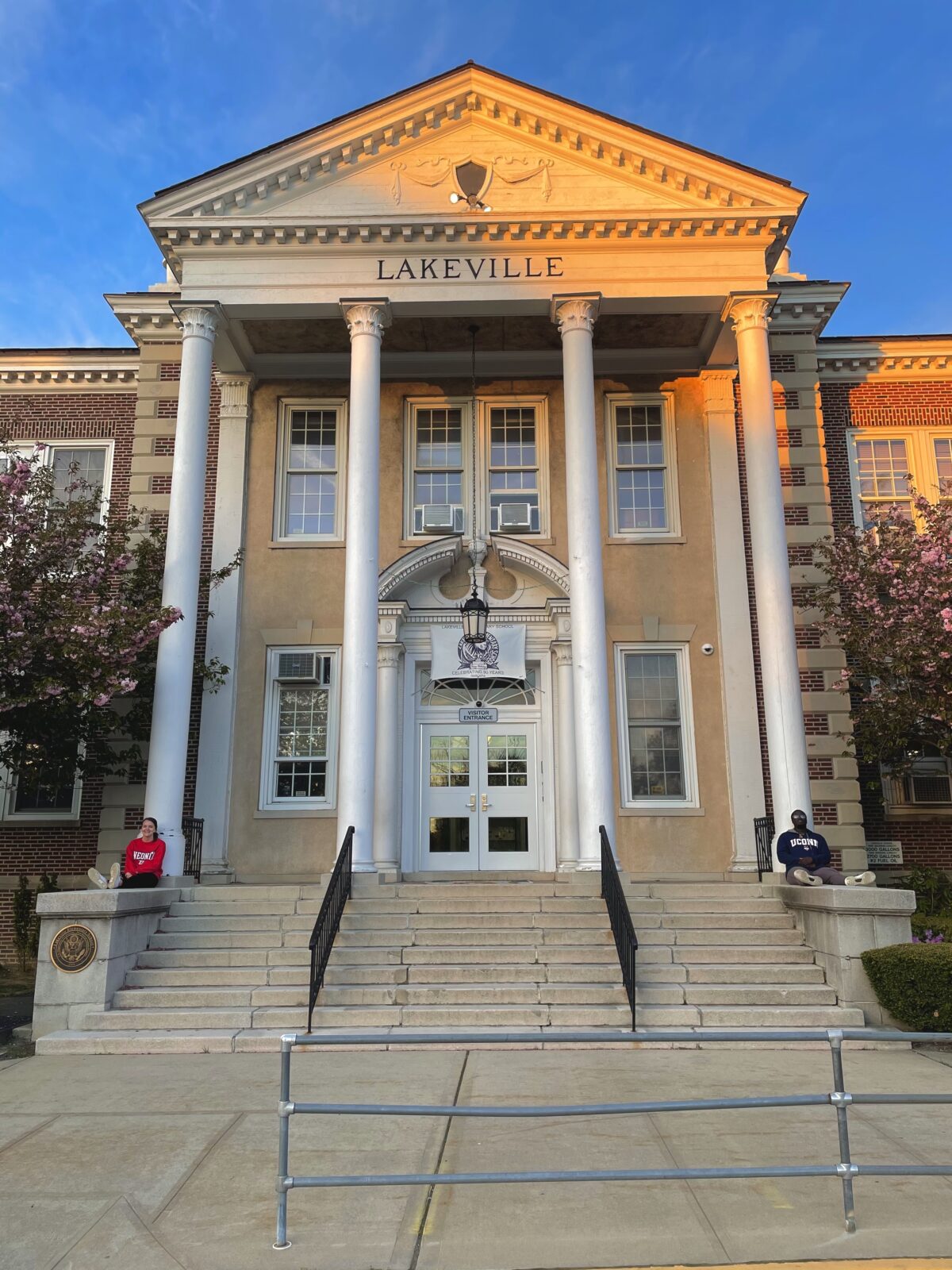UConn Newswriting Course
March 21, 2024
By: Kwasi Osei-Amankwah
STORRS — There will be a nursing crisis in the United States by the year 2027, studies say.
This is because nurses have been leaving their jobs in droves due to burnout, exhaustion, and other factors. Since the official shutdown in March 2020, projections show that the number of nurses who have quit will only increase in the next four years. The government is now investigating the impact of the pandemic on nurses’ mental health and the factors contributing to this crisis.
The COVID-19 pandemic has hit the healthcare industry hard, and nurses have borne the crisis. Four years later, as the world is still trying to come to terms with the aftermath of the pandemic, it’s becoming clear that nurses’ mental health has taken a hit.
Around 100,000 nurses have left their jobs during the pandemic, leading to a shortage of healthcare professionals and increased pressure on those who remained. Over 60% of the sample reported an increased workload during the pandemic, and more than half of the nurses reported feeling emotionally drained, fatigued, burned out, or at the end of their rope a few times a week or every day.
Eileen L. Kenny, Registered Nurse and Nurse Coordinator at Student Health and Wellness at the University of Connecticut, who was working at the school at the time, echoed these statistics. “The stress level of people working in hospital settings was even worse (than you could imagine) because they truly didn’t know what they were dealing with and could get people that they cared about sick.”
Renée M. Constant, Registered Nurse and Nurse Coordinator at Student Health and Wellness at the University of Connecticut, who worked at a hospital during the pandemic, had thoughts similar to Kenny’s. “Every nurse has their own experience, but I felt I was the go-to in a health care setting. Then I went home, and I’m the go-to for my friends and family who know I’m a nurse. It’s almost like you couldn’t escape it. It was all day, every day.”
Experts have warned of nursing shortages in the U.S. for decades due to an aging workforce and issues such as burnout and stress caused by high patient-to-nurse ratios, low pay, and workplace safety concerns. This has led to many walkouts, strikes, and other protests.
The COVID-19 pandemic has accelerated these issues, leading to unprecedented burnout among nurses. This report uses data to identify potential indicators of stress and burnout among the current nursing workforce, which can help policymakers develop targeted solutions and allocate resources effectively.
According to the National Library of Medicine, the psychological term for burnout can be defined as a ” psychological syndrome emerging as a prolonged response to chronic interpersonal stressors on the job. The three key dimensions of this response are an overwhelming exhaustion, cynicism, detachment from the job, and a sense of ineffectiveness and lack of accomplishment.” And while it is easy for most to think back to the pandemic and remember that it would never end, that feeling was doubled for front-line workers.
Constant and Kenny shared that this made sense to them as they’ve witnessed people leave their jobs or retire early due to the pandemic. “I know from what my daughter had said, who had been a nurse for a couple years (at the time), she saw many new nurses come in and said to me, ‘I don’t think that they’re gonna stay for very long.” Kenny said, “To be brand new, even trying to learn stuff and not being taught normal things because everything you have to learn now is COVID-19.”
Constant talked about the people on the older side, saying, “I think you have the other extreme too where older nurses in hospital settings that have been there for a long time have basically said ‘I can’t do this anymore, maybe I was gonna work a few more years, but this is what’s gonna push me out the door.’ ”
The situation is expected to worsen in the coming years. By 2027, almost one-fifth of the nursing workforce, nearly 900,000 registered nurses, plan to leave their jobs due to stress, burnout, or retirement. This mass exodus poses a significant threat to the national healthcare system, creating an urgent need for immediate solutions. The main question is, how do we keep nurses at their jobs and encourage them to push through any potential issues?
According to Kenny, “What (hospitals) are doing more now than they used to is giving support to newer nurses; they have some programs where nurses get a period like orientation and give them time to talk and debrief, which is probably not enough. But rather than just assuming, ‘Oh, nursing is stressful, so you’re going to be stressed,’ instead saying, ‘Okay, this particular time is more stressful than usual.”
For Constant, the one thing that got her through COVID-19 was “the collaboration with our peers, talking, and being with one another. I feel that (UConn) is very different from a hospital setting. We’re an excellent group, and we worked well together (at the time). Whereas in a hospital setting, I don’t know if you have that. You need more mentorship; you need somebody to talk to, to grieve with.”
In August 2023, the Biden and Harris administration passed a $100 million bill to train more nurses and grow the nursing workforce. According to the U.S. Department of Health, These investments will “address the increasing demand for registered nurses, nurse practitioners, certified nurse midwives, and nurse faculty.”
For Kenny, more needs to be done: “We need more leadership (in hospitals). We need something like, ‘Oh, it’s been tough the last few weeks. Can we give you pizza or an extra half hour so you guys can meet and vent or something?’ You just don’t want to go home and vent about it and bring it to your family; everyone is stressed.”
“Exactly; just because we’re nurses and we see these things often doesn’t mean we’re superhuman,” Constant said


